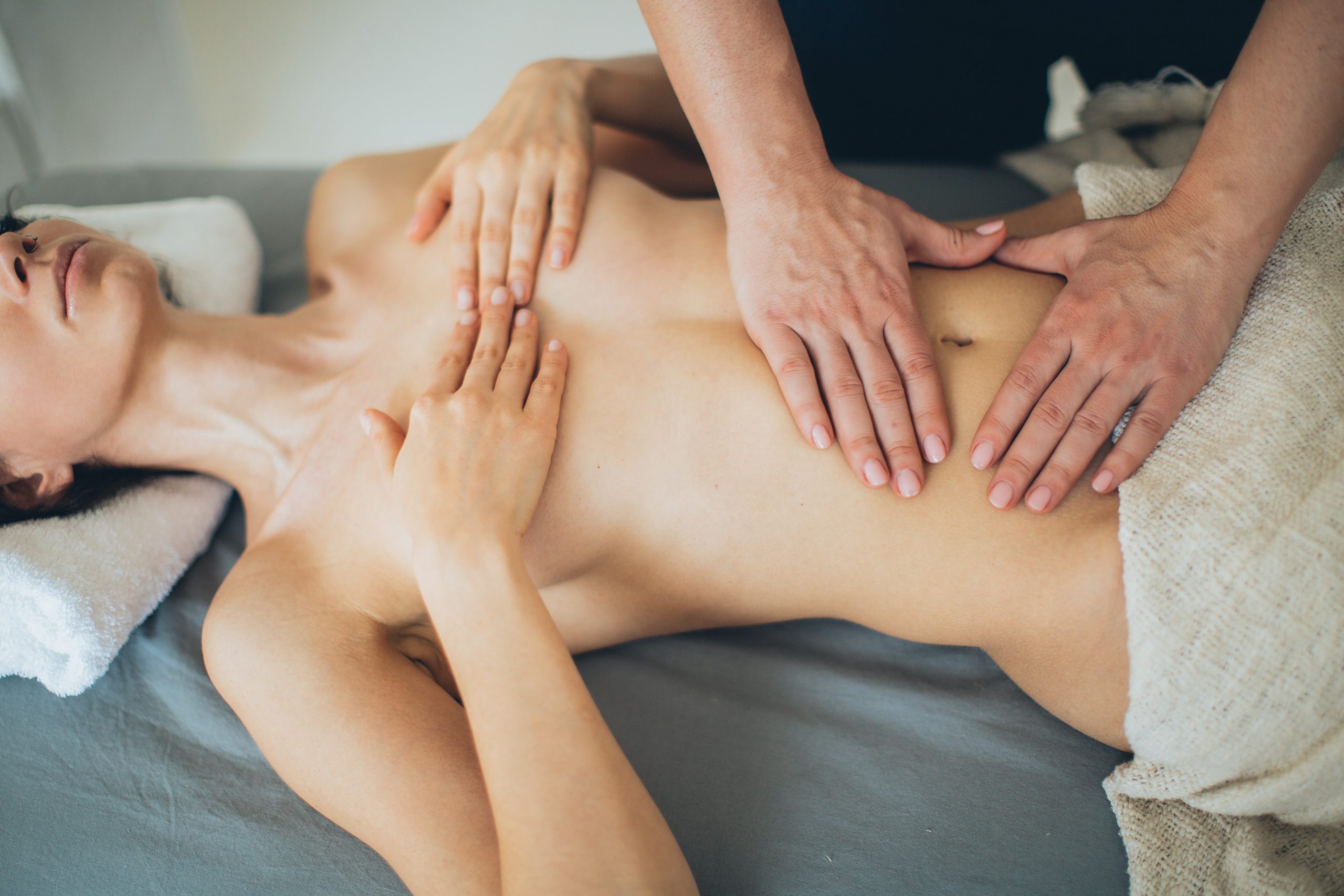
The techniques used in our practice can provide relief and reduce pain during heavy periods. Using massage techniques, our specialists relax tense muscles, thus causing a reduction in, uterine contractions. This brings great relief to menstrual pain. Massage of the abdomen and lumbar region can be particularly beneficial.
Leeches can also have a positive effect on improving blood circulation in the genital area. The action of leeches stimulates blood circulation, which can help to improve the overall health of the tissues and better blood supply to the area. In addition, they can be used to reduce swelling and tension in the genital area. The action of leeches is to absorb blood from the area, which can help to reduce swelling and provide relief. At our practice, we take an individual approach to each patient. You are welcome to come in for an appointment.
Pinotherapy can be used in various areas of physiotherapy, including gynaecological physiotherapy. In the case of gynaecological physiotherapy, pinotherapy can be used to relieve menstrual pain, reduce muscle tension in the pelvic region, improve circulation and reduce swelling in this part of the body.
Therapy for postnatal scars can include a variety of techniques and methods, depending on the individual's needs and the condition of the scar. Postpartum scarring can affect a woman's wellbeing, appearance and functionality after childbirth. It is important to us that each patient feels comfortable in her own body. A gentle scar massage can help to improve blood circulation, skin elasticity and reduce scar tissue. Massage can be done alone or a physiotherapist can be consulted to help guide this therapy appropriately. In addition to this, the use of ultrasound waves can help to relieve pain and increase scar elasticity.

